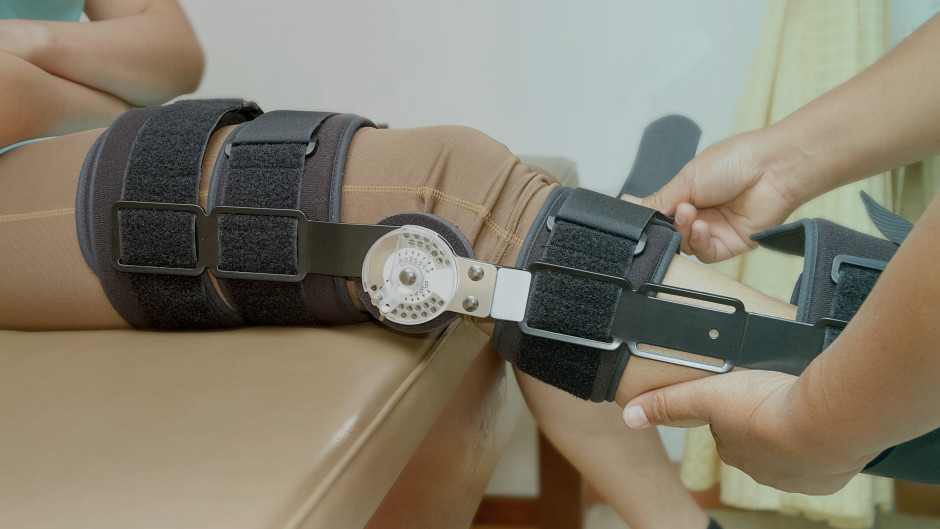ACHILLES TENDON RUPTURE: AN OVERVIEW
What is an Achilles Tendon Rupture?
A rupture of the Achilles tendon is a disruption in the conjoined tendon of the gastrocnemius and soleus muscles, usually about 2-6 cm proximal to the tendon insertion into the calcaneus.

How common is Achilles tendon rupture?
Recent studies report a rate of up to 40 patients per 100,000 patient population. It occurs more in males than in females.75% of ruptures occur in men between the third and fourth decades of life.2
What are the risk factors of Achilles tendon rupture?
Age: Achilles tendon ruptures are most common in the age group of 30–40 yrs.
Sex: Men are five times more likely to rupture their Achilles tendon than women.
Recreational sports: Sports that involve running, jumping, and sudden stops and starts, such as soccer, basketball, and tennis, are more likely to cause Achilles tendon injuries.
Training: Poor conditioning before training
Medications: Prolonged use of corticosteroids and certain antibiotics
Genetic factors2

What are the signs of Achilles tendon rupture?
-Pain associated with snapping or an audible pop
-Loss of function
How to diagnose Achilles tendon rupture?
It is important to distinguish a ruptured Achilles tendon from both an incomplete tear of the tendon, and from a tear of the soleus muscle. Up to 25% of ruptures are missed at first presentation, and the delay in their treatment may significantly impede subsequent recovery.
The three most important diagnostic features include:
1. Positive Thompson test
In this test, the patient lies face down (prone) on an examination table with their feet hanging over the edge. The examiner squeezes the calf muscle (specifically the gastrocnemius and soleus muscles) of the affected leg.
The foot’s movement is observed in response to the calf squeeze.
The test is positive if there is no movement in the foot when the calf is squeezed, it suggests a complete rupture of the Achilles tendon.
2. Altered angle of declination
An abnormal angle of declination, also known as the "angle of dangle", can indicate a ruptured Achilles tendon. This is because the ruptured tendon causes a loss of tension, which can lead to the injured foot and ankle being more dorsiflexed than the uninjured limb.
3. Palpation of gap
Palpate the tendon along its entire length to identify a gap.




Principles of rehabilitation of Achilles tendon rupture
1. Early loading
2. Attention for Kinesiophobia
3. Train to required capacity
4. Adequate education (expectation management)
Here are some of the important exercises for Achilles tendon ruptures that you could during rehabilitation:
Source:
1. From the lecture ‘Achilles Tendon Rupture’ by Dr Mathijs van Ark.
2. Alan G. Shamrock; Mark A. Dreyer; Matthew Varacallo; Achilles tendon rupture; National library of medicine




